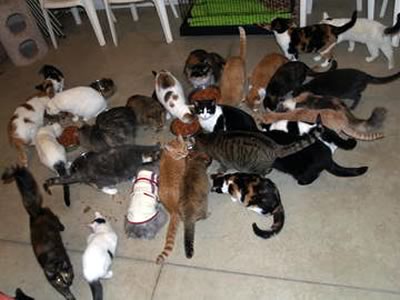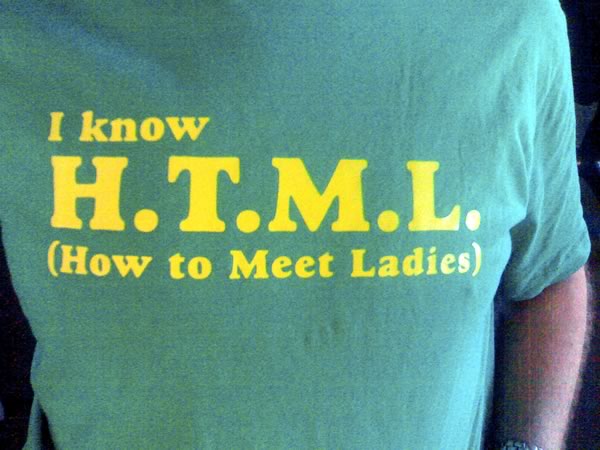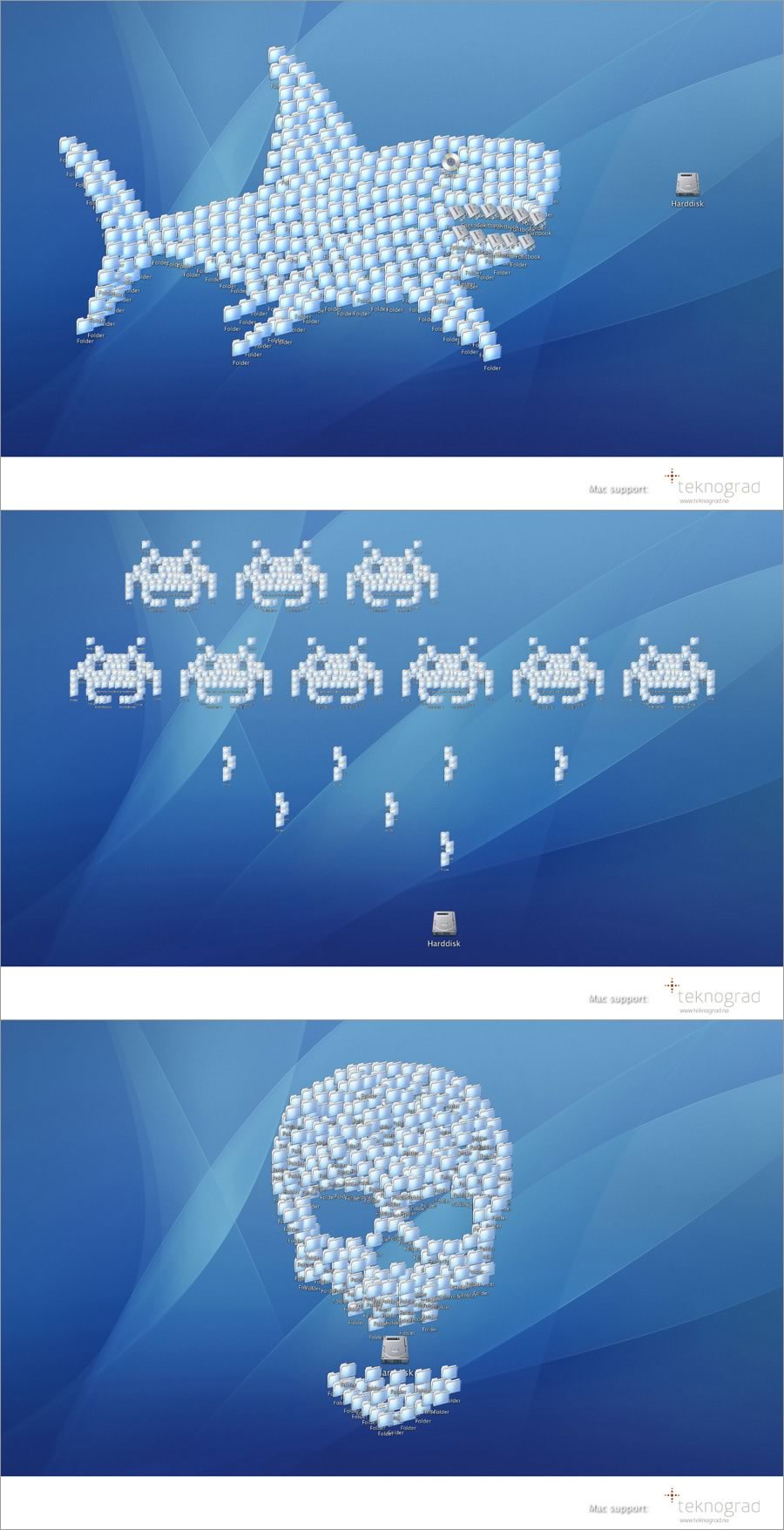
Reading the ComputerWorld article Rock Star Coders reminded me of a classified ad announcing auditions for a band member that went something like this:
Lead guitarist/vocalist wanted for glam rock/metal band. Must have serious chops, a good voice, looks and stage presence.
No assholes.
You might as well put up an ad that goes “Vegan life coach wanted. Must like steak.”
The article looks at rock star programmers from the manager’s point of view, describing some of the desirable qualities of the rock star programmer (a not-so-stereotypical geek who is well-rounded, organizes events like BarCamps, writes an influential blog, has a passion for coding and tech but also has some interesting hobbies) to the downsides (Khan Noonien Singh syndrome — where superior skills come hand in hand with superior attitude).
A couple of things in the article that I found funny:
- The obligatory mention of Zed Shaw’s rant. The name “Zed Shaw” may end up becoming a figure of speech the way the phrase “Pulling a Peyton Manning” jokingly got used on the SNL episode with guest host Peyton Manning (or to cite a not-so-safe-work example, the way some people on the political left now use Rick Santorum’s name).
- They mistakenly refer to the enigmatic programmer known only as why the lucky stiff as “why the lucky” (which sort of sounds like a Chinese movie title)
- They refer to a company looking for a very skilled Rails programmer that placed an ad for a “Rails Pirate”. Every time I hear something of the form “[insert noun here] Pirate”, my brain automatically turns it into “Butt Pirate”. That’s just me.
As for my own personal ambitions, while I’d love to be an accordion rock star, I’m with Ron Evans — I’m aiming to be a jazz programmer.
Update
Brian Wynne Williams, CEO of Viget Labs (whose recruiter was interviewed in the article) wrote about his thoughts about the article in his blog.




